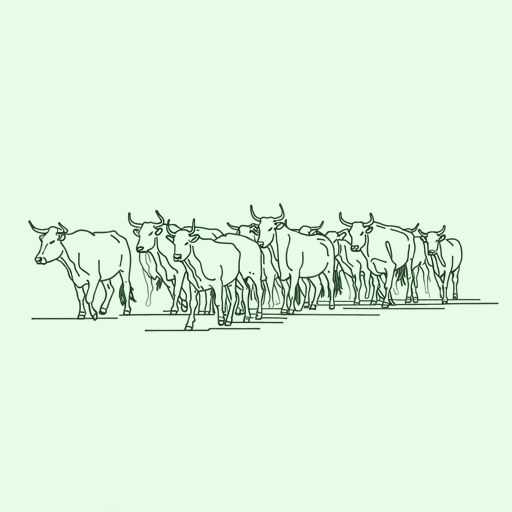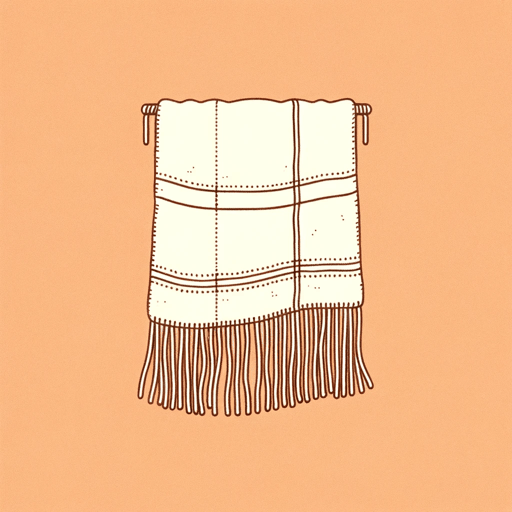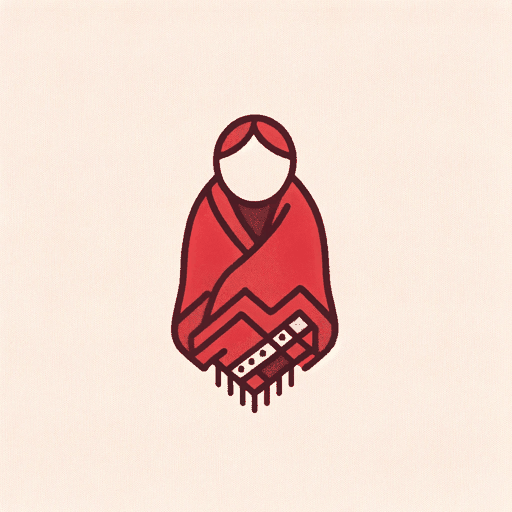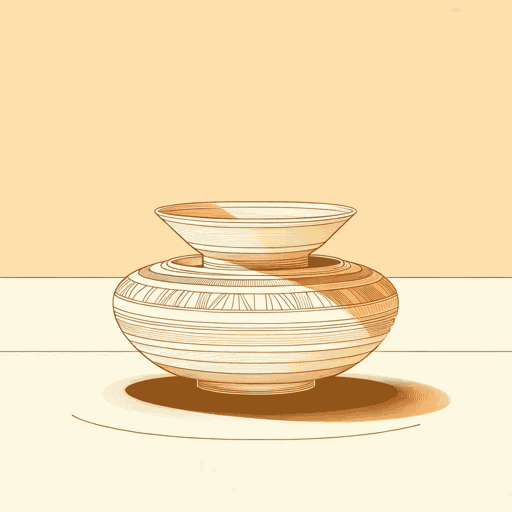29 pages • 58 minutes read
Leslie Marmon SilkoYellow Woman
Fiction | Short Story | Adult | Published in 1974A modern alternative to SparkNotes and CliffsNotes, SuperSummary offers high-quality Study Guides with detailed chapter summaries and analysis of major themes, characters, and more.
Symbols & Motifs
Water
Water is a recurring motif in “Yellow Woman” that represents multiple things throughout the story. The river itself is a natural border, and its water is constantly changing. Just as the narrator’s identity is in flux, so, too, is the river. She wakes up there at the start of the story, and in the end, the river leads her home.
The sexual imagery is also rooted in types of moisture—when she wakes, her “thigh clung to his with dampness” (Paragraph 1), and later, “his skin [is] slippery against [hers]” (Paragraph 56). Water can be cleansing, and it can be dangerous; the narrator’s experience with Silva is similarly transformative but ambiguous.
Finally, there is a connection between blood and water. Near the end of the story, Silva washes his hands in a bucket after bringing back a beef carcass he intends to sell. An entire paragraph is dedicated to describing the water, which is now tinged with blood in addition to “white and brown animal hairs” (Paragraph 62). This stands in contrast with both the clean moving river and the tactile imagery related to their sexual encounters. The blood has tainted the water. When they encounter the rancher, the blood soaking through the sacks reveals the meat that Silva has likely stolen.
Related Titles
By Leslie Marmon Silko





